Bucharest's Hidden Stories: A Cultural Odyssey
Join us for a captivating free walking tour through Bucharest, exploring its rich history and vibrant culture, including insights into the lives of sex workers.
Time
3 Hours
Stops
9 Places
Distance
4.4 km
Romanian Athenaeum (Ateneul Român)
Begin your tour at the iconic Romanian Athenaeum, a symbol of Romanian culture and a splendid example of neoclassical architecture.
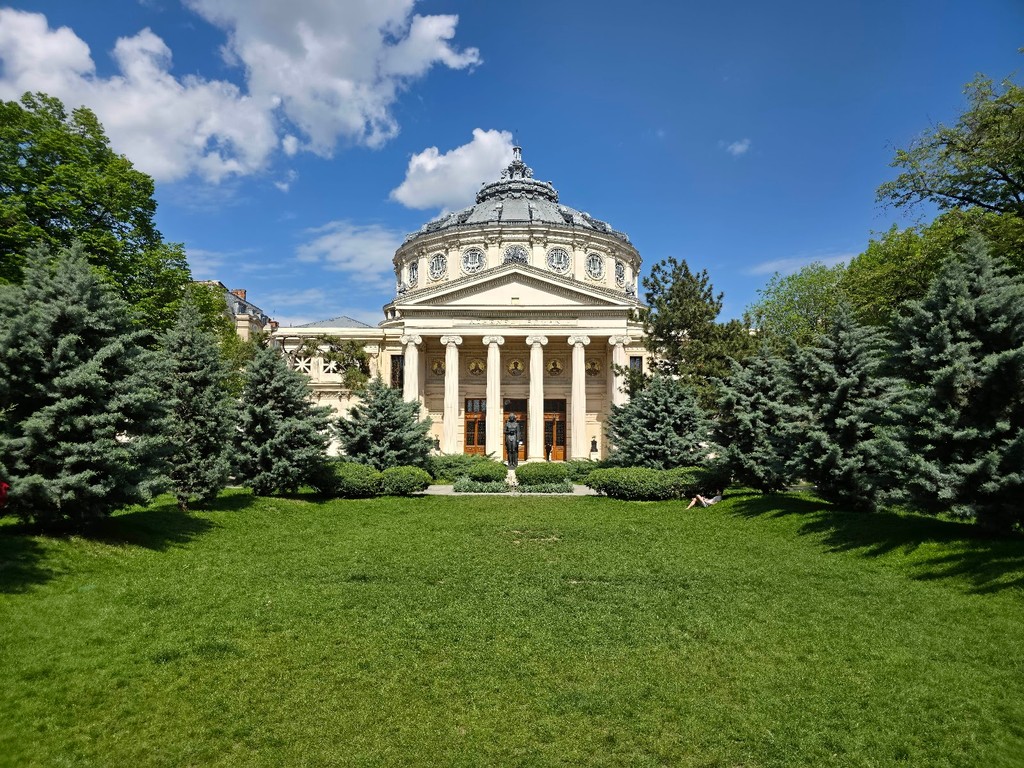
Romanian Athenaeum (Ateneul Român) (Source: Google Maps)
The Romanian Athenaeum is a cornerstone of Romanian culture, renowned for its stunning neoclassical architecture. Inaugurated in 1888, this concert hall is home to the George Enescu Philharmonic Orchestra. The building is adorned with a striking dome and intricate frescoes that depict significant moments in Romanian history. Its opulent interior features a grand staircase and a beautiful auditorium, making it a prime venue for classical music performances. The Athenaeum is not only an architectural masterpiece but also a symbol of national pride and artistic achievement, hosting various cultural events and concerts that celebrate Romania's rich musical heritage.
Calea Victoriei
Stroll along Calea Victoriei, one of Bucharest's oldest and most charming streets, lined with historic buildings and important landmarks.
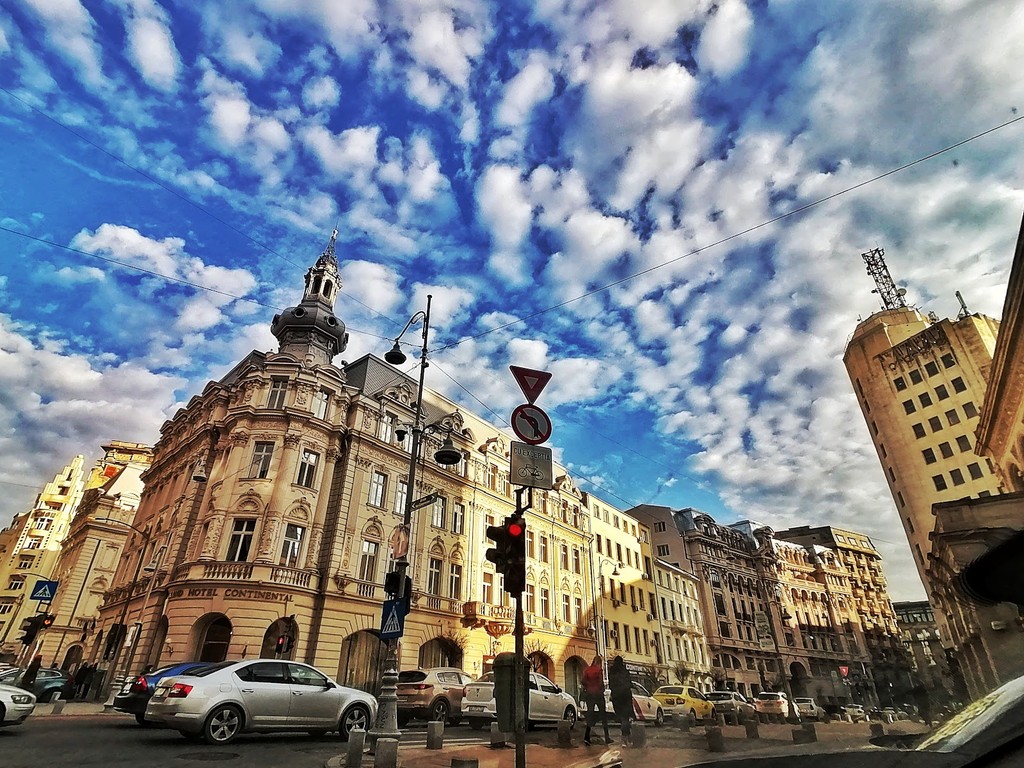
Calea Victoriei (Source: Google Maps)
Calea Victoriei, or Victory Avenue, is one of Bucharest's oldest and most prestigious streets, rich in history and lined with remarkable architecture. Originally a path leading to the royal court, it has evolved into a vibrant thoroughfare showcasing stunning buildings from different architectural styles, including neoclassical, baroque, and modernist. The street is home to several important landmarks, including the National Museum of Romanian History and the Romanian Athenaeum. As you stroll along Calea Victoriei, you can appreciate the blend of history and culture, with numerous cafes, shops, and cultural institutions that reflect the city's artistic spirit and historical significance.
Revolution Square (Piața Revoluției)
Just a short walk away, explore Revolution Square, a site of major historical significance where the 1989 revolution unfolded.
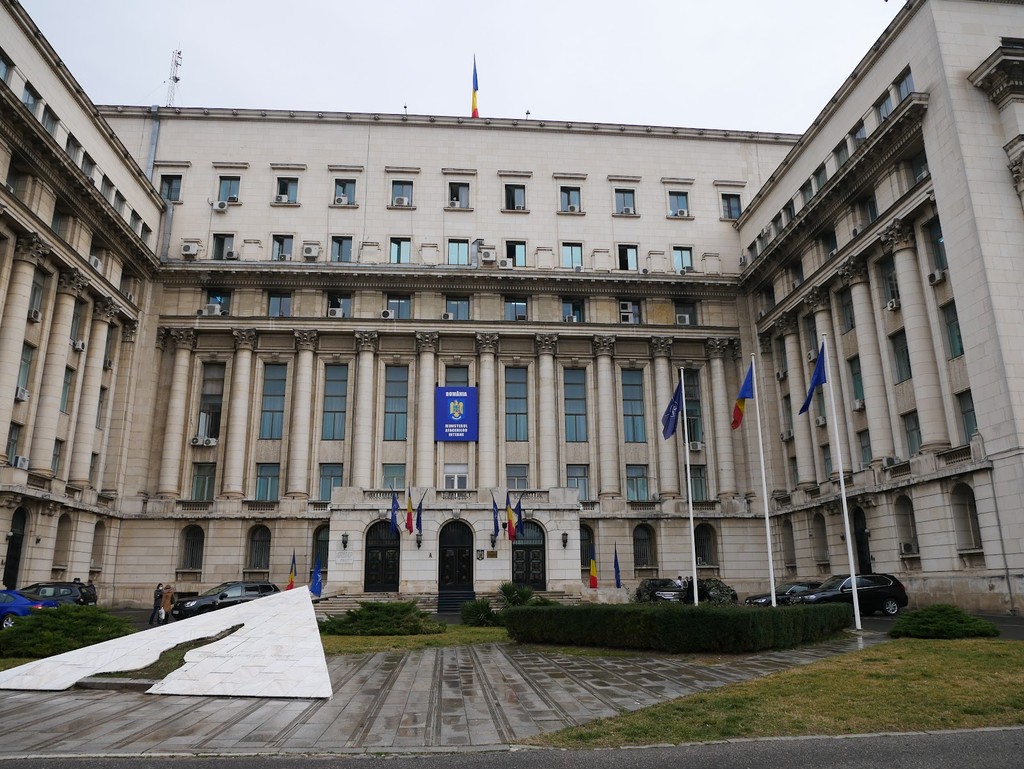
Revolution Square (Piața Revoluției) (Source: Google Maps)
Revolution Square is a site of immense historical importance in Romania, marking the location where the 1989 revolution unfolded, leading to the fall of communism. This expansive square is framed by significant buildings, including the former Central Committee of the Communist Party and the National Museum of Contemporary Art. A prominent feature of the square is the Memorial of Rebirth, a monument honoring the heroes of the revolution. The square has been a focal point for political demonstrations and cultural events, symbolizing the struggle for freedom and democracy in Romania. Its historical significance continues to resonate with locals and visitors alike.
Old Town (Lipscani)
Explore the vibrant Old Town, known for its lively atmosphere, rich history, and as a former hub for merchants, including those involved in less conventional trades.
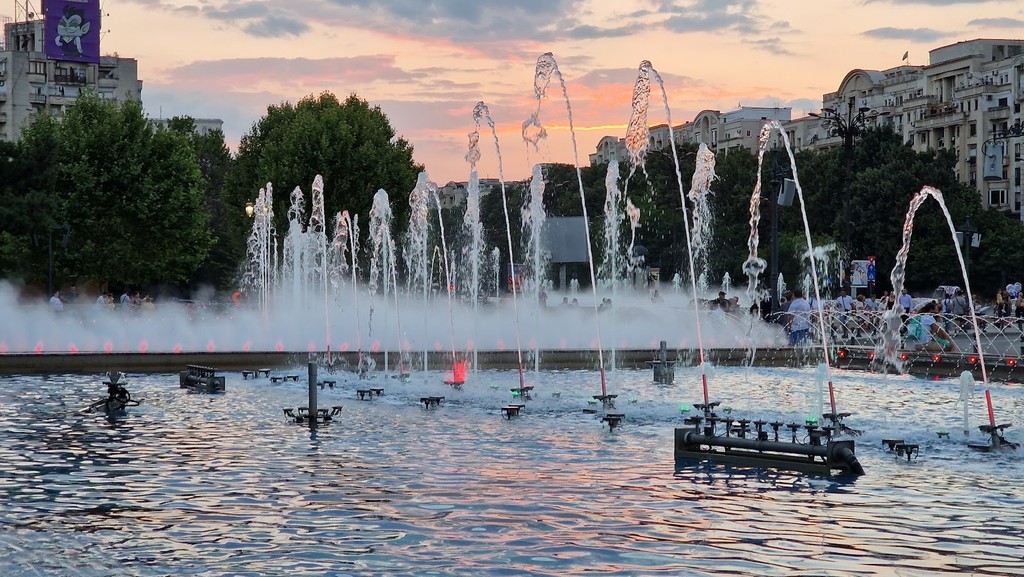
Old Town (Lipscani) (Source: Google Maps)
The Old Town, known as Lipscani, is the historic heart of Bucharest, characterized by its vibrant atmosphere and rich history. Once a bustling hub for trade, including less conventional trades, the area is now a lively mix of cafes, restaurants, and shops nestled among centuries-old buildings. The architecture reflects various styles, from medieval to neoclassical, showcasing the evolution of the city. The Old Town is also home to numerous cultural landmarks, including churches, galleries, and theaters, making it a perfect spot for exploring Bucharest's artistic and historical legacy. The lively streets come alive at night, offering a unique blend of history and modern entertainment.
Manuc's Inn (Hanul lui Manuc)
Discover Manuc's Inn, a historic inn that has served as a meeting place and trading post since the early 19th century.
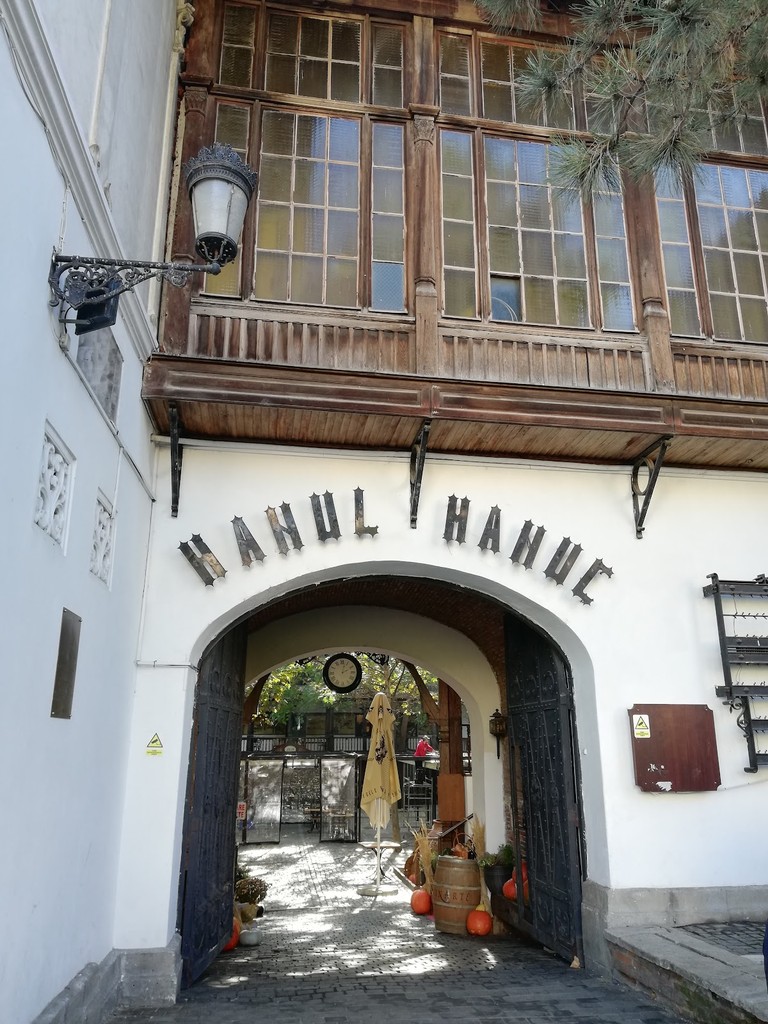
Manuc's Inn (Hanul lui Manuc) (Source: Google Maps)
Manuc's Inn, or Hanul lui Manuc, is a historic inn founded in 1806 by the Armenian merchant Manuc Bey. It served as a vital meeting place and trading post, reflecting the multicultural spirit of Bucharest. The inn features a unique architectural style that blends elements of Romanian and Ottoman design, with a charming courtyard that invites visitors to relax. Throughout its history, Manuc's Inn has hosted numerous notable figures, including diplomats and artists. Today, it stands as a symbol of the city's rich past, offering a glimpse into the hospitality and trade practices of the era. Visitors can enjoy traditional cuisine in its restaurant, immersing themselves in the ambiance of history.
Stavropoleos Monastery
Visit the Stavropoleos Monastery, a beautiful example of Brâncovenesc architecture, providing a tranquil escape in the bustling city.
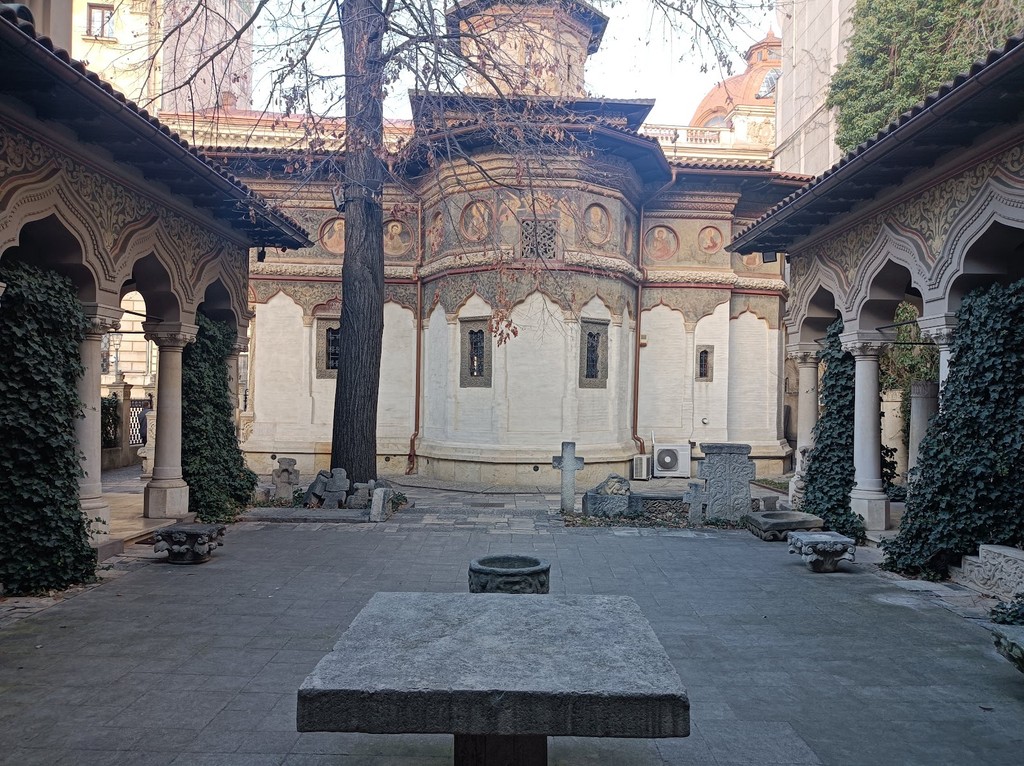
Stavropoleos Monastery (Source: Google Maps)
Stavropoleos Monastery is a hidden gem in Bucharest, known for its exquisite Brâncovenesc architecture, which beautifully combines Byzantine and Romanian styles. Founded in 1724 by Greek monk Ioanichie, the monastery features a stunning church adorned with intricate wood carvings and frescoes. The peaceful courtyard, surrounded by ancient walls, provides a tranquil escape from the bustling city. The monastery has played a significant role in preserving Romanian religious and cultural heritage, hosting various spiritual events and ceremonies. Its historical significance and architectural beauty make it a must-visit site for anyone exploring Bucharest's rich past.
Caru' cu Bere
Enjoy a meal or drink at Caru' cu Bere, a historic beerhouse with stunning architecture and traditional Romanian cuisine, located in the heart of the Old Town.
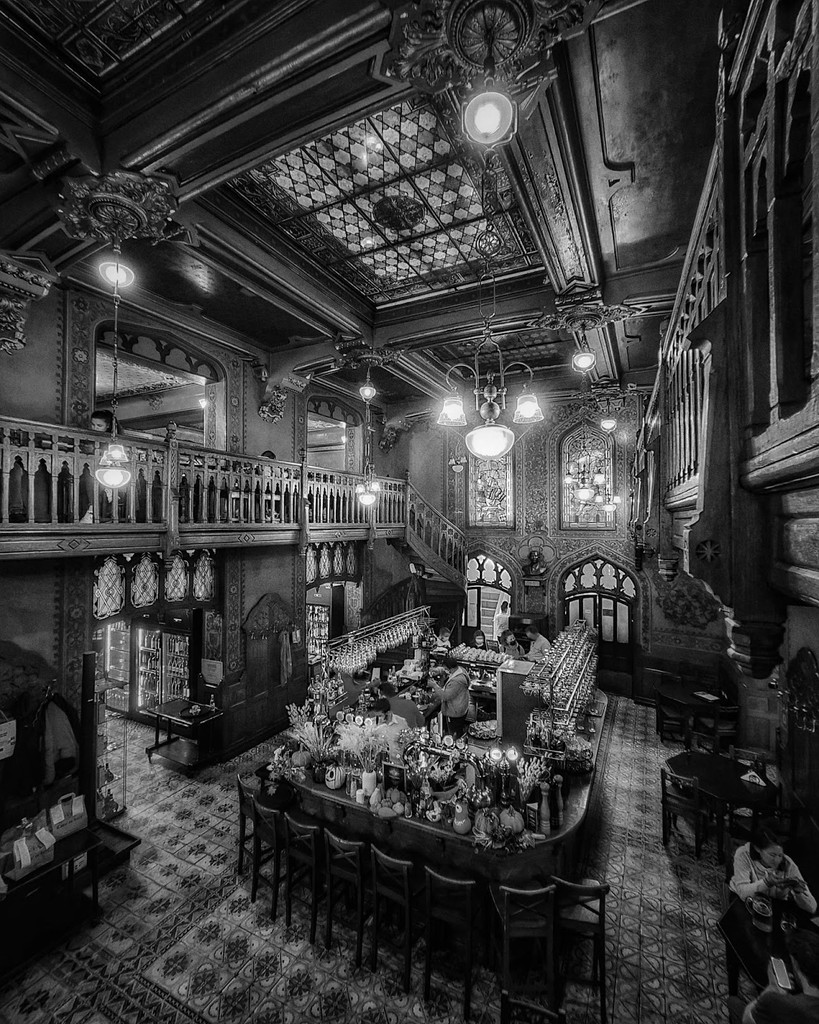
Caru' cu Bere (Source: Google Maps)
National Museum of Romanian History
Visit the National Museum of Romanian History to gain insight into Romania's past, including exhibits on social and cultural developments.
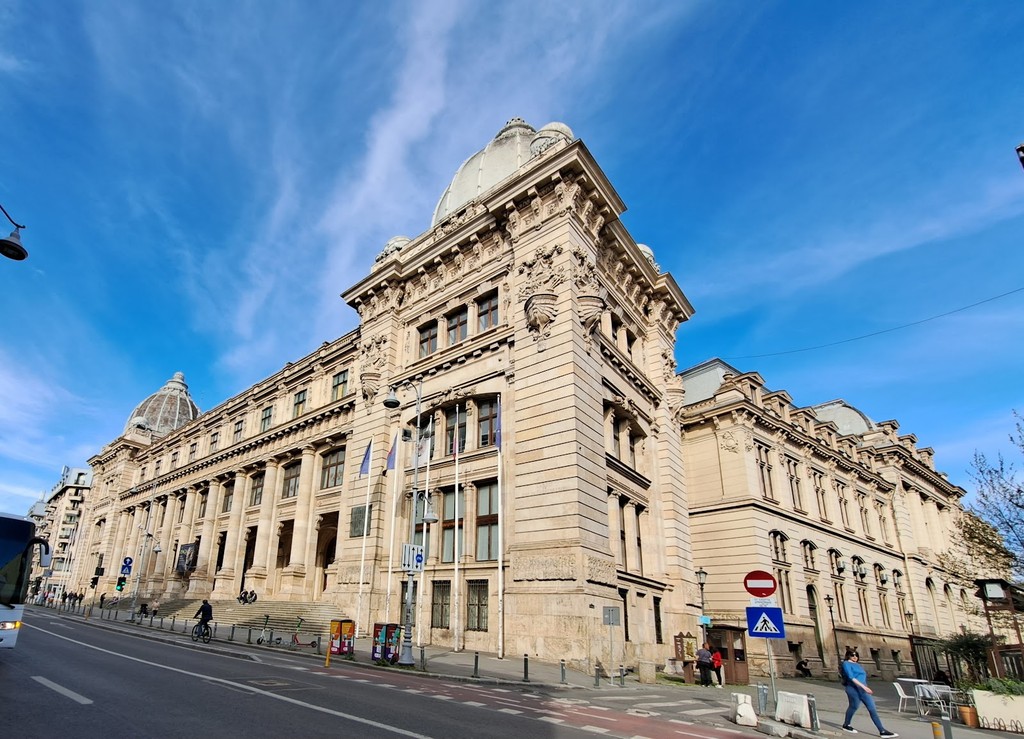
National Museum of Romanian History (Source: Google Maps)
The National Museum of Romanian History is a treasure trove of the country's past, showcasing a vast array of artifacts that span thousands of years. Established in 1970, the museum is housed in a neoclassical building that was once the Postal Services Palace. Its exhibits cover a wide range of topics, including the Dacian Wars, the Roman conquest, and Romania's medieval history. Highlights include the Romanian Crown Jewels and an impressive collection of archaeological finds. The museum serves as an essential resource for understanding Romania's social and cultural developments, making it a vital stop for history enthusiasts.
The National Museum of Art of Romania
Conclude your tour at the National Museum of Art of Romania, showcasing an extensive collection of Romanian and European art.
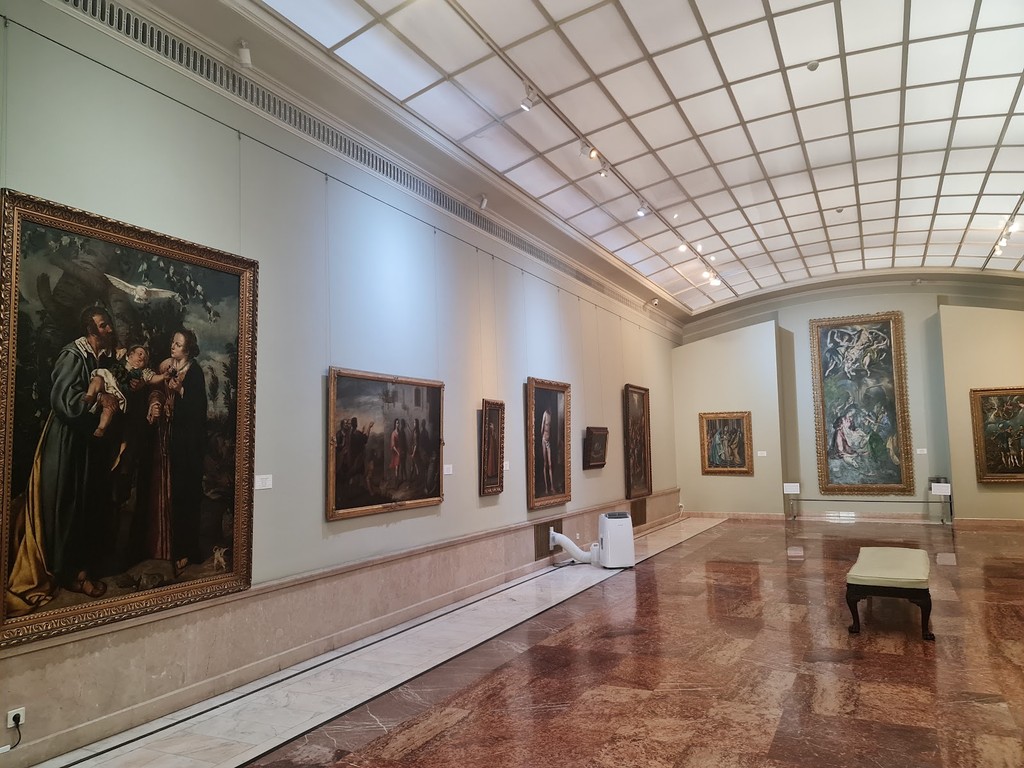
The National Museum of Art of Romania (Source: Google Maps)
Concluding the tour is The National Museum of Art of Romania, which houses an extensive collection of Romanian and European art. Located in the former Royal Palace, the museum features masterpieces from the Middle Ages to contemporary art, including works by renowned Romanian artists such as Nicolae Grigorescu and Theodor Aman. The museum also showcases European art, with pieces from the likes of Rembrandt and Van Dyck. Its beautifully curated exhibitions provide insight into Romania's artistic evolution and cultural influences. The museum plays a crucial role in promoting the country's artistic heritage, making it a significant cultural institution in Bucharest.

Your travels, your rules.
Create your own Free Walking Tours.
Set your preferences, distances and anything you want to do or see.
Completely free, no payment required.